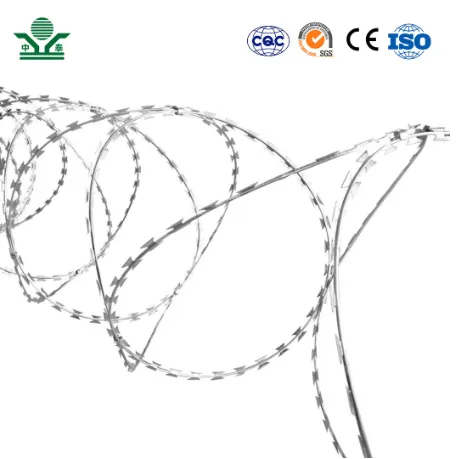Noise Barrier Solutions Mitigating Urban Noise Pollution
In today's urbanized world, noise pollution has become a significant concern, affecting the quality of life for millions. As cities expand and populations grow, the sources of noise—such as traffic, construction, and industrial activities—become more pronounced. To mitigate these unwanted sounds, noise barriers offer a practical and effective solution.
Noise barriers, also known as sound barriers, are structures designed to absorb or deflect sound waves, thereby reducing the noise level experienced by nearby residents or sensitive environments. These barriers can be constructed from various materials, including concrete, wood, metal, and even vegetation, each offering unique benefits and applications.
Types of Noise Barriers
1. Concrete Barriers Concrete is one of the most common materials used for noise barriers due to its durability and effectiveness. They can be constructed as solid walls, which are highly effective in blocking sound. Additionally, concrete barriers can be aesthetically enhanced with textures or colors to blend into the urban landscape.
2. Wooden Barriers Wooden noise barriers offer a more natural appearance and can integrate well with green spaces and residential areas. They are often treated to resist moisture and decay, making them a versatile option. However, they may require regular maintenance to ensure longevity.
3. Metal Barriers Metal barriers, typically made of aluminum or steel, are lightweight and can be designed to suit various architectural styles. While they provide some sound absorption, they are primarily used for their reflective qualities, directing noise away from sensitive areas.
4. Vegetative Barriers Using plants to create noise barriers is an innovative and eco-friendly solution. Dense foliage can effectively absorb sound while enhancing biodiversity and improving air quality. However, the effectiveness of vegetative barriers varies based on species and growth conditions.
noise barrier solutions

Benefits of Noise Barriers
The primary advantage of noise barriers is their ability to create a quieter environment, which contributes to the overall well-being of the community. Reduced noise pollution is linked to health benefits, including lower stress levels, improved sleep quality, and better concentration. Additionally, quieter neighborhoods can enhance property values and attract more residents to the area.
Another significant benefit is the environmental impact. By incorporating green barriers, cities can promote biodiversity, improve aesthetics, and contribute to urban cooling. This approach aligns with sustainable development goals, fostering a harmonious relationship between urban living and nature.
Considerations for Implementation
When planning noise barrier solutions, several factors must be considered. First, the height and length of the barrier are crucial in determining its effectiveness. Barriers must be tall enough to intercept the sound waves from the source, and continuous spans are generally more effective than intermittent structures.
Additionally, the layout and location play vital roles. Barriers should be strategically placed near noise sources and residential areas to maximize their effectiveness. Factors such as wind direction and local terrain can also influence sound propagation, necessitating careful planning and design.
Conclusion
Noise pollution remains a pressing issue in urban environments, but noise barriers offer a viable solution. With various materials and designs available, cities can tailor noise mitigation efforts to suit their unique needs while simultaneously enhancing the quality of life for residents. As urban areas continue to grow, investing in effective noise barrier solutions will be crucial to creating healthier, more livable spaces for all. By prioritizing sound reduction strategies, we can foster communities that thrive amidst the bustle of urban life, transforming noise into a bearable background hum rather than an intrusive cacophony.
-
Turn Down the Noise: The Future of Highway Sound Barriers
NewsApr.09,2025
-
Silence the Sound: The Power of Highway Noise Barriers
NewsApr.09,2025
-
Reduce Road Noise Effectively with Highway Noise Barriers
NewsApr.09,2025
-
Noise-Free Living: How Highway Barriers Make a Difference
NewsApr.09,2025
-
Engineered for Silence: Highway Noise Barriers for Every Road
NewsApr.09,2025
-
Effective Noise Control: Highway Barriers for a Quieter Tomorrow
NewsApr.09,2025
Subscribe now!
Stay up to date with the latest on Fry Steeland industry news.

